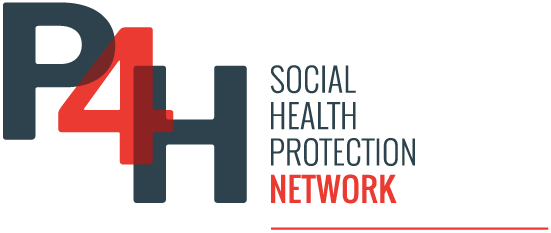Thailand’s healthcare system, notable for achieving Universal Health Coverage in 2002, spends about 5% of its GDP on healthcare, resulting in impressive health outcomes, including increased life expectancy and reduced infant mortality rates. Despite its successes, challenges remain in health technology assessment practices, including the need for early evaluations, addressing high-cost drug reimbursement, and considering equity and environmental impacts.
Thailand’s healthcare system is widely recognized for its efficiency and effectiveness, achieving Universal Health Coverage (UHC) in 2002 and currently spending about 5% of its GDP on healthcare, with more than 70% of funding sourced from the government. Notably, despite lower healthcare expenditures compared to other upper-middle-income countries, Thailand boasts impressive health outcomes: life expectancy at birth rose from 72.3 years in 2000 to 78.7 years in 2021, and infant mortality rates dropped significantly from 1.67% to 0.62%. The UHC index improved from 43.2 to 82.0, while out-of-pocket payments decreased dramatically from 34.2% to 9%, showcasing Thailand’s successful healthcare model.
The cornerstone of Thailand’s healthcare system lies in its three main public health insurance schemes: the Civil Servant Health Benefit Scheme (CSMBS), the Social Security Scheme (SSS), and the Universal Coverage Scheme (UCS). The CSMBS, funded through general taxation, covers government employees and their families. The SSS serves those in the formal private sector with shared financial responsibility among employers, employees, and the government. The UCS encompasses the remainder of the population, also funded through general taxation, with oversight from the National Health Security Office (NHSO).
Health Technology Assessment (HTA) emerged in Thailand in the early 1980s, gaining institutional support through a pivotal 2007 cost-effectiveness study, which initiated the “Peritoneal Dialysis First Policy.” HTA is now a prerequisite for reimbursement decisions under the UCS, whereas no such requirement exists for the CSMBS and SSS. The assessment process for health interventions includes the National List of Essential Medicines (NLEM), the Universal Coverage Benefits Package (UCBP), and the National List of Essential Vaccines (NLEV), with HTA focused primarily on expensive medications that affect the budget significantly.
Despite its successes, Thailand faces challenges related to HTA practices. A key issue is the lack of guidelines for early HTA, which could enhance the evaluation of health innovations during their development. Additionally, the reimbursement of high-cost drugs often falls short of cost-effectiveness benchmarks, while economic evaluations insufficiently consider equity impacts. Environmental factors regarding health technologies are often overlooked, contributing to significant greenhouse gas emissions from the healthcare sector without structured reporting or assessment. To counter these issues, Thailand has initiated collaborative efforts among key agencies to promote early HTA and is conducting Distributional Cost-Effectiveness Analysis (DCEA) studies to address equity. Moreover, the country aims for carbon neutrality by 2050 and net zero by 2065, establishing an Environmental Economics Unit (e2u) to ensure health technologies are cost-effective, promote equity, and are sustainable/environmentally responsible. In conclusion, while Thailand’s healthcare system demonstrates notable achievements in UHC and health outcomes, ongoing efforts to enhance HTA practices and address environmental concerns are essential for the future.


